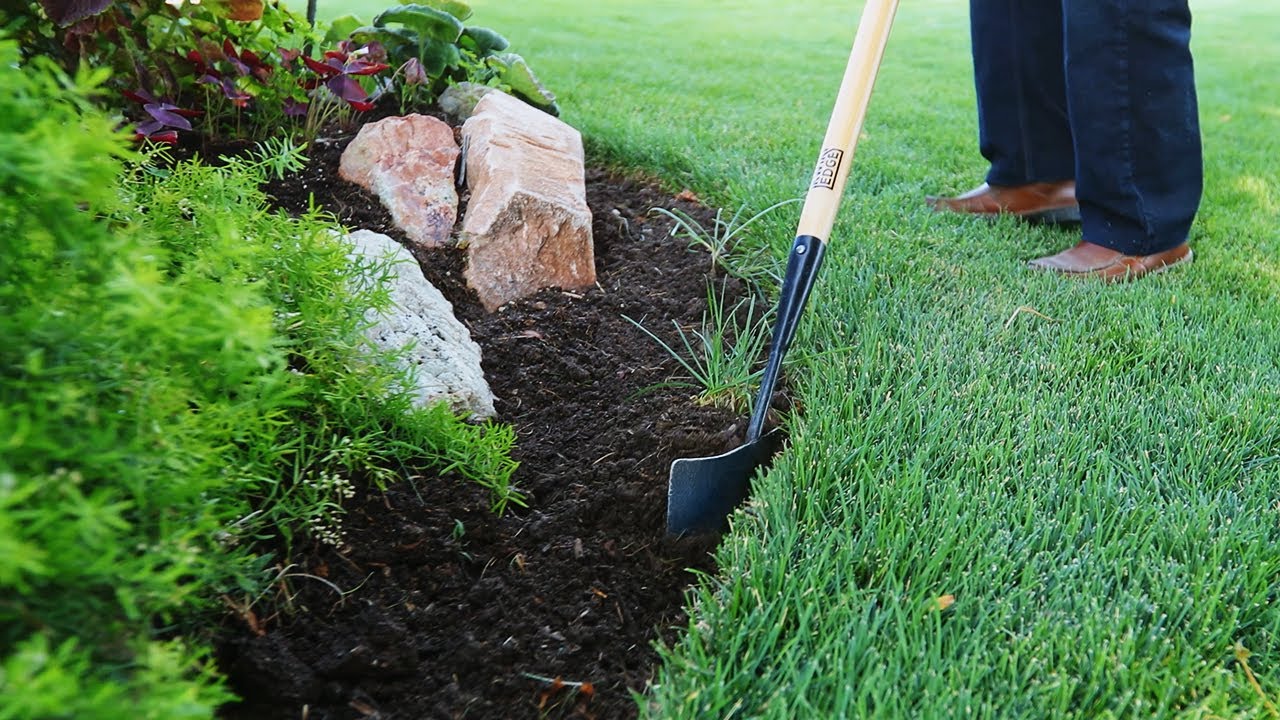A lush flower garden is a beautiful addition to any home, but the relentless invasion of grass can quickly turn a vibrant display into a tiresome chore․ Dealing with unwanted grass growth is a common challenge for gardeners, requiring a combination of proactive measures and effective removal techniques․ Fortunately, there are several proven strategies to prevent grass from encroaching on your precious flowers, allowing you to maintain a healthy and visually appealing garden․ This guide will explore various methods, from physical barriers to natural solutions, to help you win the battle against unwanted grass and enjoy a thriving flower garden․
Understanding the Problem: Why Grass Invades Flower Gardens
Before tackling the problem, it’s helpful to understand why grass finds its way into flower beds in the first place․ Common culprits include:
- Wind-blown seeds: Grass seeds are easily dispersed by the wind, landing in flower beds and germinating․
- Spreading roots and rhizomes: Some types of grass spread aggressively through underground roots (rhizomes), invading flower beds from adjacent lawns․
- Incomplete removal during planting: Residual grass roots left behind during the initial planting process can quickly regrow․
- Lack of maintenance: Neglecting weeding and edging allows grass to establish itself and spread;
Preventative Measures: Stopping Grass Before It Starts
The best defense is a good offense․ These preventative measures can significantly reduce the likelihood of grass invading your flower garden:
Creating Physical Barriers
Physical barriers are a simple and effective way to prevent grass from spreading into flower beds․ Consider these options:
- Edging: Install edging made of plastic, metal, stone, or wood around the perimeter of your flower garden․ Bury it deep enough (at least 6 inches) to prevent grass roots from growing underneath․
- Trenching: Create a shallow trench (4-6 inches deep) around the flower bed․ This acts as a barrier to surface runners and rhizomes․ Maintain the trench by periodically removing any grass that attempts to cross it․
Mulching: A Gardener’s Best Friend
Mulch not only suppresses weeds but also helps retain moisture and regulate soil temperature․ Apply a thick layer (2-4 inches) of organic mulch such as:
- Shredded bark
- Wood chips
- Straw
- Compost
Be sure to leave a few inches of space around the base of your plants to prevent rot․
Factoid: Did you know that some types of mulch, like cedar chips, have natural insect-repelling properties, providing an extra layer of protection for your flowers?
Pre-Emergent Herbicides
Pre-emergent herbicides prevent grass seeds from germinating․ Apply them in early spring before grass seeds begin to sprout․ Choose a product specifically formulated for flower gardens and follow the label instructions carefully․
Removing Existing Grass: Getting Rid of the Invaders
Even with preventative measures, some grass may still find its way into your flower garden․ Here’s how to remove it effectively:
Hand-Pulling: The Old-Fashioned Method
For small infestations, hand-pulling is an effective method․ Make sure to remove the entire root system to prevent regrowth․ Pull grass after it rains or after watering, when the soil is moist and easier to work with․
Using a Garden Knife or Hoe
A garden knife or hoe can be used to carefully cut away grass around your flowers․ Be careful not to damage the roots of your desired plants․
Post-Emergent Herbicides
Post-emergent herbicides kill existing grass․ Choose a selective herbicide that targets grass without harming your flowers․ Apply carefully, avoiding contact with your desired plants․
Factoid: Some gardeners use a cardboard barrier around their flowers when spraying herbicides to protect them from accidental overspray․
Natural and Organic Solutions
For gardeners who prefer natural and organic methods, consider these options:
Vinegar
Household vinegar (5% acetic acid) can be used as a natural herbicide․ Spray vinegar directly onto the grass, avoiding contact with your flowers․ Vinegar is most effective on young grass plants․
Boiling Water
Pouring boiling water directly onto grass can kill it․ Use caution to avoid splashing boiling water on yourself or your flowers․
Solarization
Cover the affected area with black plastic for several weeks during the hottest part of the year․ The heat will kill the grass and its roots․
FAQ: Frequently Asked Questions
Q: Will vinegar harm my flowers?
A: Yes, vinegar can harm your flowers․ It’s important to apply it carefully, avoiding contact with your desired plants․ You can use a shield or cardboard to protect your flowers while spraying․
Q: How often should I mulch my flower garden?
A: Replenish mulch as needed, typically once or twice a year․ Check the depth of the mulch and add more to maintain a 2-4 inch layer․
Q: What type of edging is best for preventing grass?
A: Any type of edging that is buried deep enough (at least 6 inches) can be effective․ Plastic, metal, and stone edging are all good options․
Q: Is it safe to use herbicides around my vegetables?
A: No, you should never use herbicides intended for flower gardens around vegetables unless the label specifically states that it is safe for use on edible plants․ Always read and follow label directions carefully․
Q: My grass is very persistent․ What else can I do?
A: Consider combining several methods․ For example, use edging, mulch, and hand-pulling together․ Regular maintenance is key to preventing grass from taking over․

